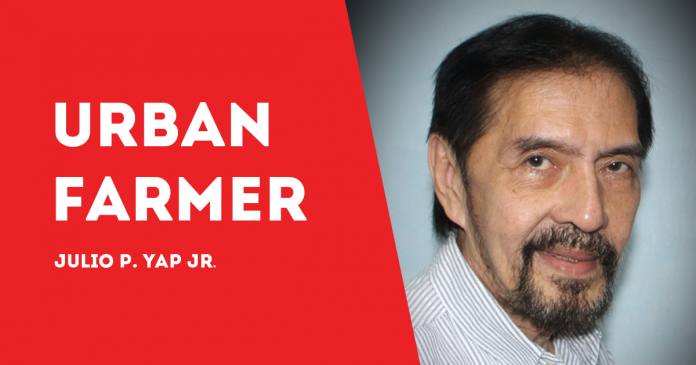
BAMBOO is the latest addition to the growing list of local natural textile fibers, joining pineapple, abaca, and banana, which are converted into textile or fabric through textile processing technology of the Department of Science and Technology (DOST).
Different nations, including the Philippines, have been pushing for the increase in people’s awareness regarding the importance of bamboo, which even House Resolution 197 added to the recognition to proclaim the month of September as the Philippine Bamboo Month.
Highlighting the importance of bamboo, the DOST’s Philippine Textile Research Institute (PTRI), has been tasked to develop natural textile fibers as better options to petroleum- and chemical-based synthetics.
The PTRI has since included bamboo in its efforts at nurturing natural textile materials to support the Philippine contribution towards the attainment of the United Nations’ Sustainable Development Goals (SDGs), in particular, SDG12, on sustainable consumption and production.
To maximize local bamboo as a vast natural resource, the DOST-PTRI is promoting its bamboo textile processing technology for the production of natural blended yarns and woven fabrics.
Noting that bamboo has the highest textile fiber yield among other textile fibers like pineapple, banana, or abaca, more significant opportunities will be provided for income generation from upstream to downstream for the natural textile industry sector.
The DOST- PTRI technology has been optimized following mechano-chemical processes, and has noted significant increase in the value of bamboo poles, which is estimated to be P5 per kilogram, to its transformation into bamboo textile fibers (BTF) in spinnable form to spun yarns at P910 per kilogram.
From a one-hectare bamboo plantation, the DOST-PTRI says there will be over 4,589 kilograms of spinnable bamboo textile fibers that can be obtained and when it is transformed into yarns, an estimated 12,500 kilograms of yarns composed of 75/25 blended ratio of cotton and bamboo textile fiber is expected to be produced.
It is also notable that the developed process is community-driven and sustainable in the conversion of bamboo poles to textile, the processing being one other than the regeneration route popularly known as the viscose process, an open system that is known to adversely affect the environment.
Diversifying and expanding bamboo use through sustainable textile processing is a step to mainstreaming bamboo as a natural textile.
Following this development, the DOST-PTRI has identified eight provinces in the country, which are proposed as potential Bamboo Textile Fiber Innovation Hubs (BTFIH).
These hubs will serve as the gateway towards sustainable bamboo textile production and manufacturing given the ample bamboo plantations in the different areas.
Meanwhile, the Furnace Type Dryer (FTD), a technology developed by the DOST-FPRDI, is being improved through the project “Improvement and Semi-automation of the Furnace Type Dryer for the lumber, bamboo, and other raw materials of the forest-based industries” which is funded and monitored by the DOST’s Philippine Council for Agriculture, Aquatic and Natural Resources Research and Development (PCAARRD).
FTD aims to shorten drying time, increase the dryer’s thermal efficiency, and produce high quality bamboo and other raw materials for the forest-based industries./PN


